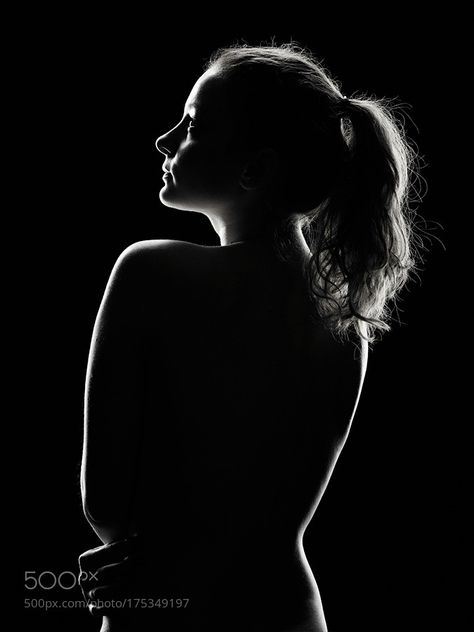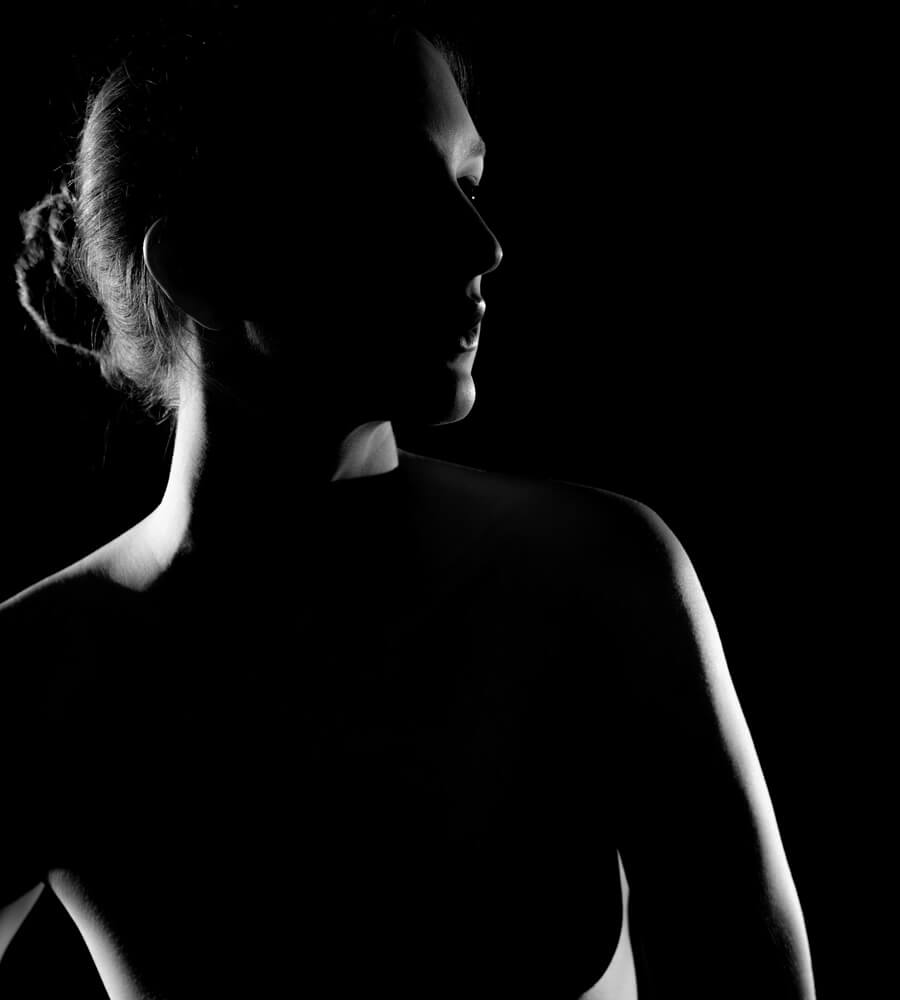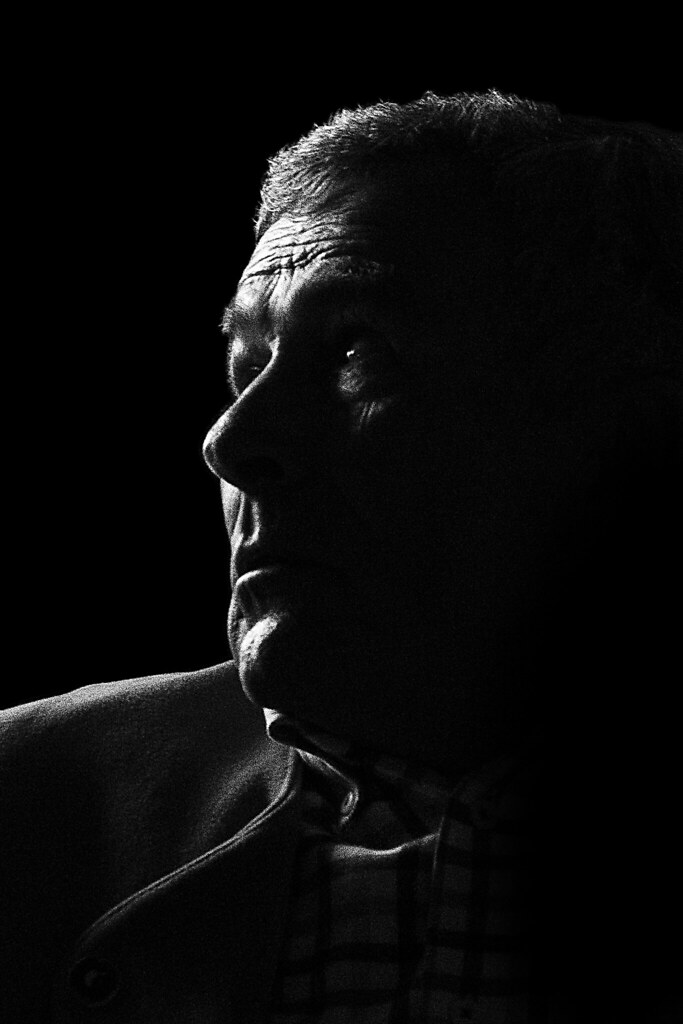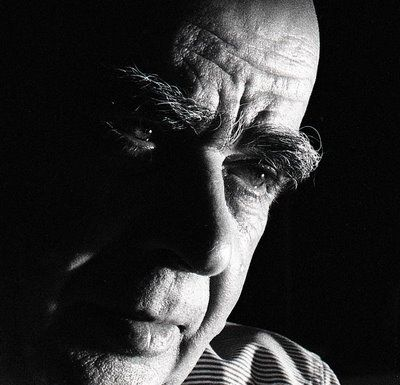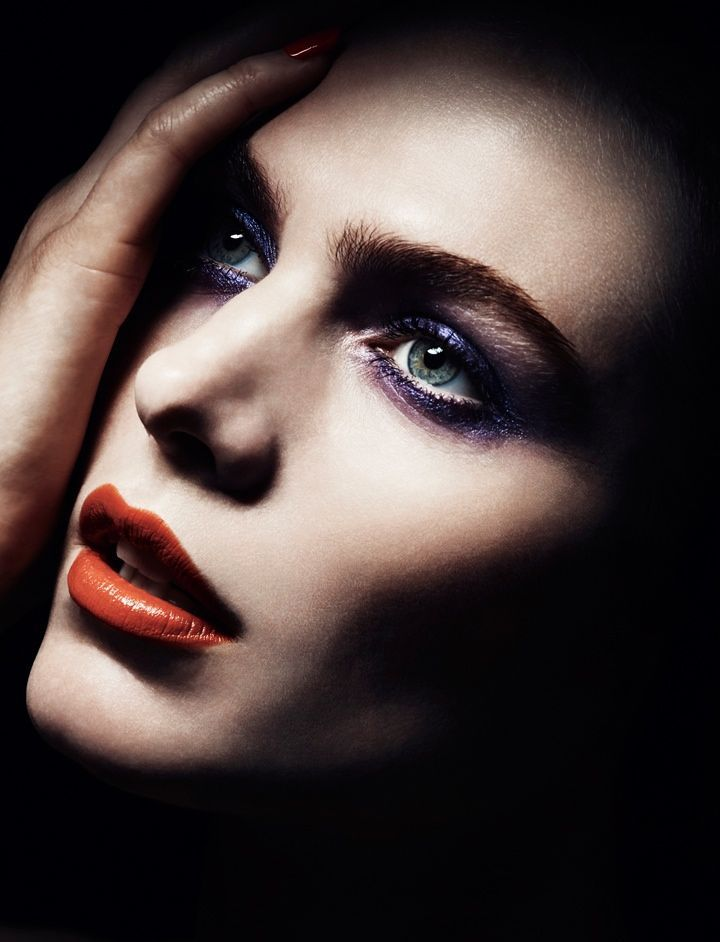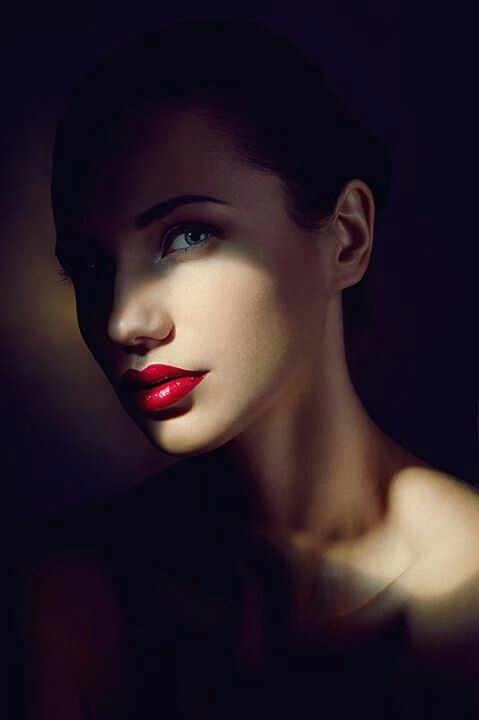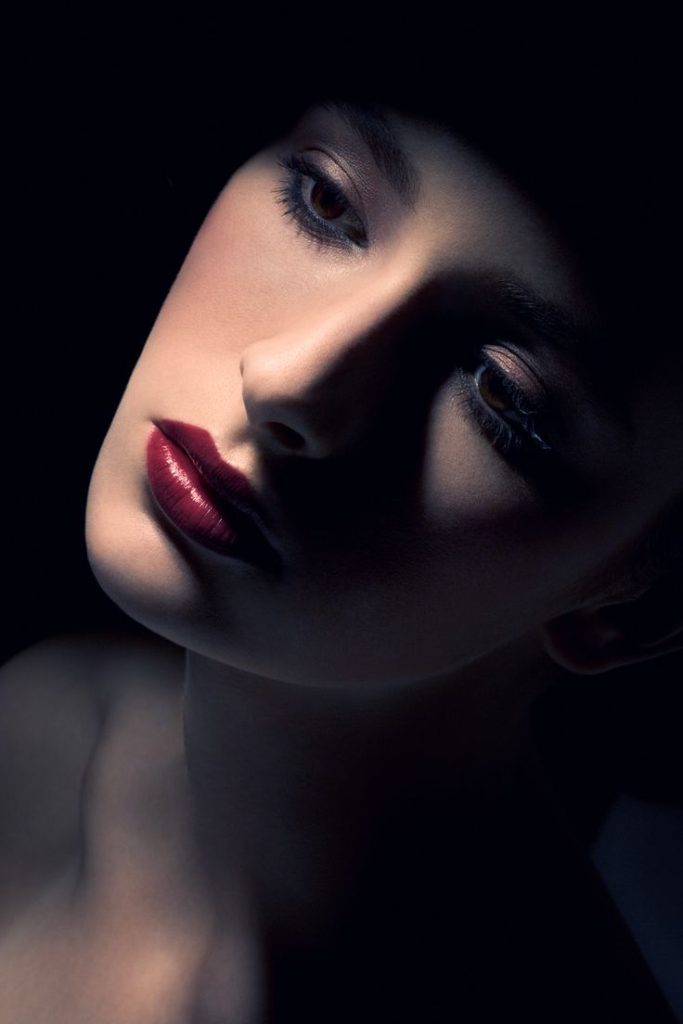CHIARUSCURO LIGHTING
‘Chiaroscuro’ is an Italian term for lightdark as this lighting technique creates a bold contrast between light and dark. This can also be defined as a high-contrast lighting technique that utilises a low-key lighting setup to achieve contrast between the subject and a dark background. This form actually originated in paintings during the 15th century in Italy and Holland (Flanders), yet this was truly developed a century later in Mannerism and Baroque art.
Today, it is prominently used in film-making due to the striking and dramatic images this technique produces. This form of lighting adds a sense of mystery to the characteristics of the subject, making their features become framed and draw attention to the viewers eye in places they would not normally see.
Caravaggio and Rembrandt used this in their paintings where dark subjects would be dramatically shined on by a shaft of light.
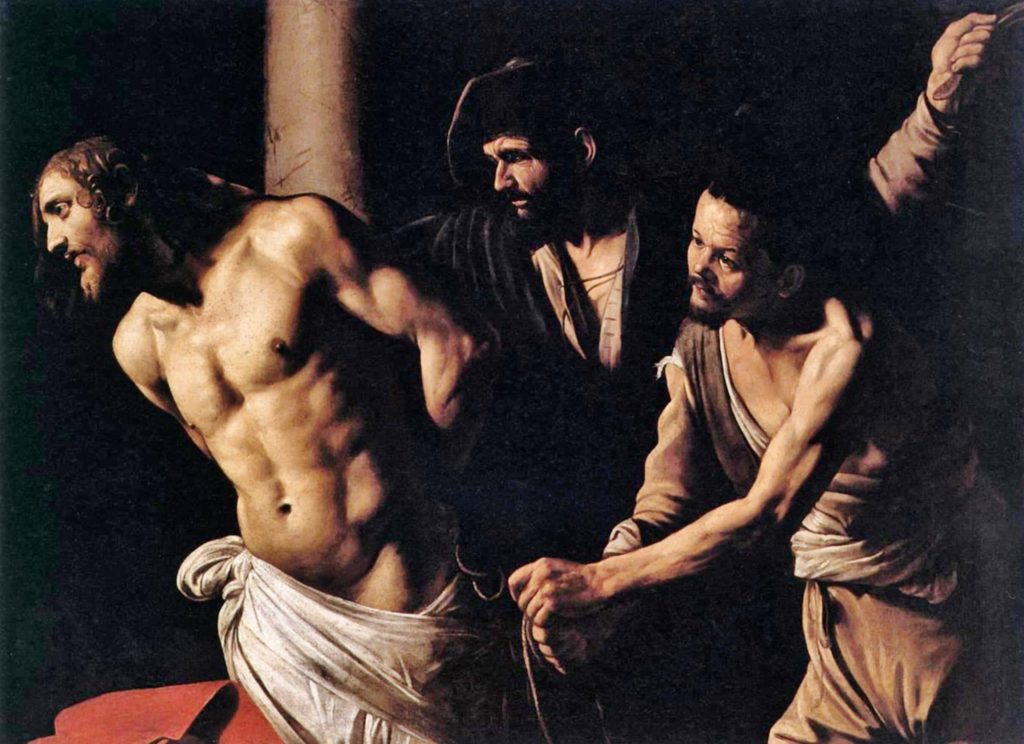
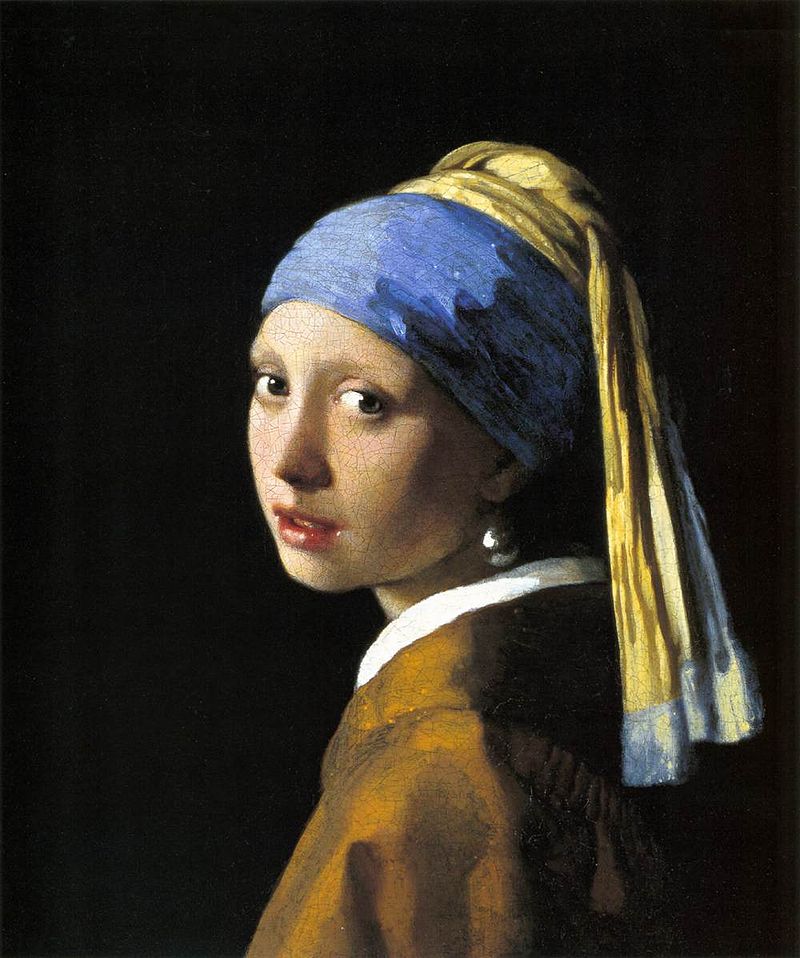
In film, this is typically referred to ‘film noir’ (French for black film). This was used to describe stylish Hollywood crime dramas, particularly those that emphasize moral ambiguity and sexual motivation, lasting from the early 1940s to the late 1950s. This is associated to German Expressionist cinematography due to the low-key, black and white visual that it produces. The drama and mystery that the lighting unfolds reflected the aims of the Hollywood crime dramas.
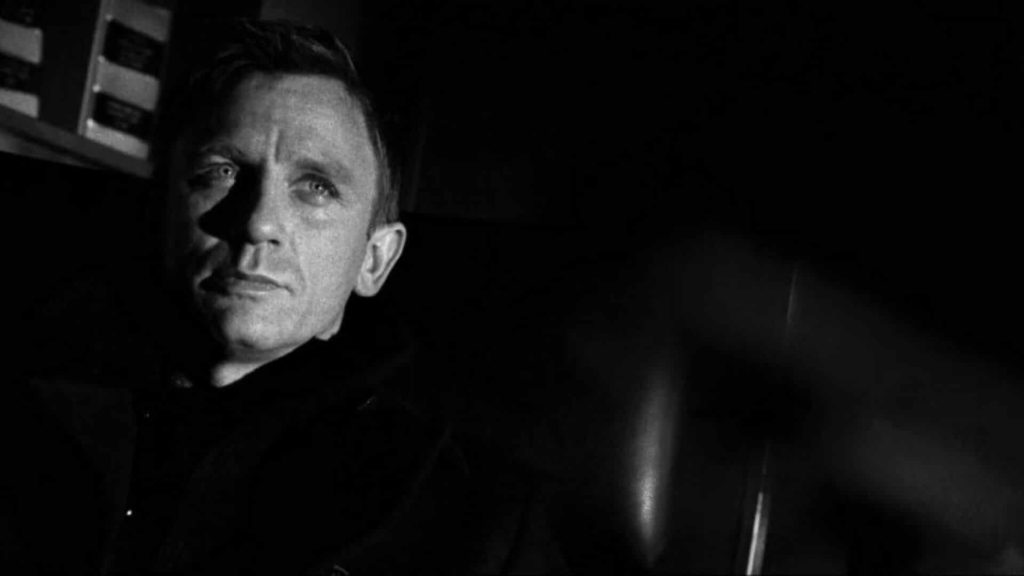

THE SET UP:
In photography, these are produced by using one key light and a variation using a reflector that reflects light from the key light back onto the sitter. The reflectors colour can be changed to produce a different tone onto the subject.
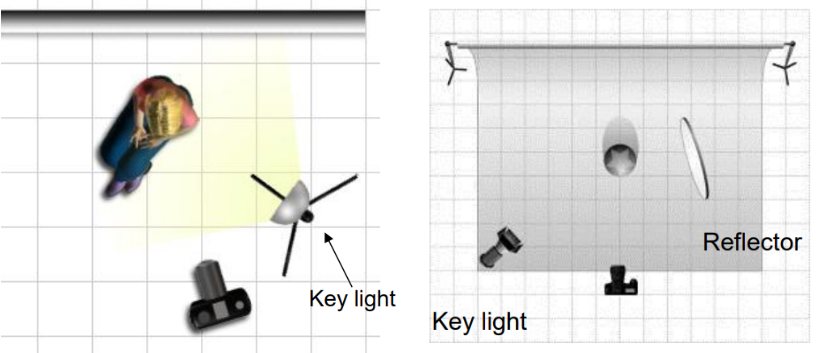
Using flash, there are a range of possibilities as, depending on how you want the images produced, you can create images in low or high lighting scenarios through:
- flash “bouncing”
- fill-in flash
- TTL / speedlight flash
- remote / infra-red flash (studio lighting)
- fast + slow synch flash
- light painting c/w slow shutter speeds
For example, flash “bouncing” softens the effects and creates a larger fill area. This must be done on white walls or ceilings as the flash is directed either to the side or above the subject.

EXAMPLES:
